BoE kept bank rate unchanged at 0.75% as widely expected. Asset purchase target was also unchanged at GBP 435B. Both were made by unanimous decision. Sterling shows little reaction to the announcement
BoE noted that economic projections as presented in the August Inflation Report “appear to be broadly on track”. Downside risk to global economy increased “to some degree”. Growth has softened and financial conditions tightened in emerging markets, “in some cases markedly”. Further protectionist measures by the US and China could a larger negative impact than expected.
Also economic outlook could be influenced by Brexit process and responses from households, business and markets. BOE noted that there were indications of “greater uncertainty” regarding Brexit.
BoE also maintained tightening bias as said “an ongoing tightening of monetary policy over the forecast period would be appropriate to return inflation sustainably to the 2% target at a conventional horizon.” But it also reiterated that the projections were conditioned on the expectation of a smooth Brexit.
Full Statement below:
Bank Rate maintained at 0.75%
Our Monetary Policy Committee has voted unanimously to maintain Bank Rate at 0.75%. The committee also voted unanimously to maintain the stock of corporate bond purchases and UK government bond purchases.
The Bank of England’s Monetary Policy Committee (MPC) sets monetary policy to meet the 2% inflation target, and in a way that helps to sustain growth and employment. At its meeting ending on 12 September 2018, the MPC voted unanimously to maintain Bank Rate at 0.75%.
The Committee voted unanimously to maintain the stock of sterling non-financial investment-grade corporate bond purchases, financed by the issuance of central bank reserves, at £10 billion. The Committee also voted unanimously to maintain the stock of UK government bond purchases, financed by the issuance of central bank reserves, at £435 billion.
In the MPC’s most recent economic projections, set out in the August Inflation Report, GDP was expected to grow by around 1¾% per year on average over the forecast period, conditioned on the gently rising path of Bank Rate implied by market yields at that time. Although modest by historical standards, the projected pace of GDP growth was slightly faster than the diminished rate of supply growth, which averaged around 1½% per year. With a very limited degree of slack remaining, a small margin of excess demand was therefore projected to emerge by late 2019 and build thereafter, feeding through into higher growth in domestic costs than has been seen over recent years. The contribution of external cost pressures, which has accounted for above-target inflation since the beginning of 2017, was projected to ease over the forecast period. Taking these influences together, and conditioned on the gently rising path of Bank Rate, CPI inflation remained slightly above 2% through most of the forecast period, reaching the target in the third year.
Recent news in UK macroeconomic data has been limited and the MPC’s August projections appear to be broadly on track. UK GDP grew by 0.4% in 2018 Q2 and by 0.6% in the three months to July. The UK labour market has continued to tighten, with the unemployment rate falling to 4.0% and the number of vacancies rising further. Regular pay growth has risen further to around 3% on a year earlier. CPI inflation was 2.5% in July.
The global economy still appears to be growing at above-trend rates, although recent developments are likely to have increased downside risks around global growth to some degree. In emerging market economies, indicators of growth have continued to soften and financial conditions have tightened further, in some cases markedly. Recent announcements of further protectionist measures by the United States and China, if implemented, could have a somewhat more negative impact on global growth than was anticipated at the time of the August Report.
The MPC continues to recognise that the economic outlook could be influenced significantly by the response of households, businesses and financial markets to developments related to the process of EU withdrawal. Since the Committee’s previous meeting, there have been indications, most prominently in financial markets, of greater uncertainty about future developments in the withdrawal process.
The Committee judges that, were the economy to continue to develop broadly in line with the August Inflation Report projections, an ongoing tightening of monetary policy over the forecast period would be appropriate to return inflation sustainably to the 2% target at a conventional horizon. As before, these projections were conditioned on the expectation of a smooth adjustment to the average of a range of possible outcomes for the United Kingdom’s eventual trading relationship with the European Union. At this meeting, the Committee judged that the current stance of monetary policy remained appropriate. Any future increases in Bank Rate are likely to be at a gradual pace and to a limited extent.




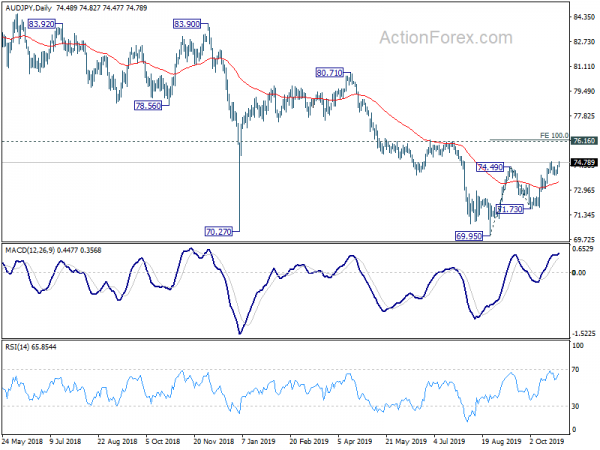
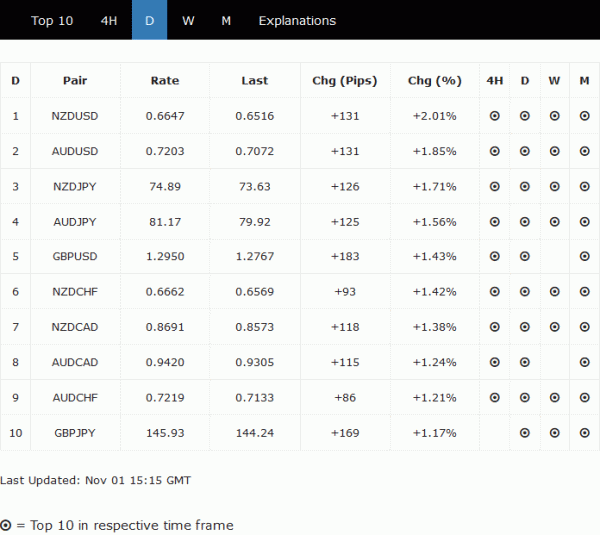
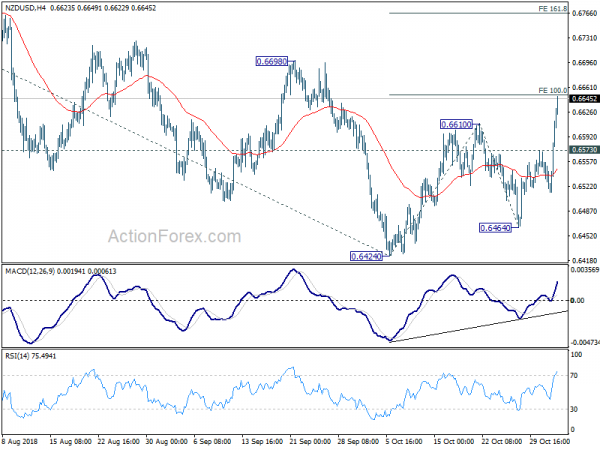
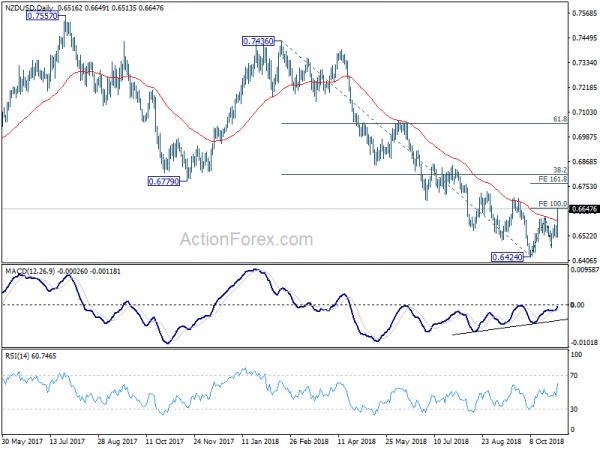
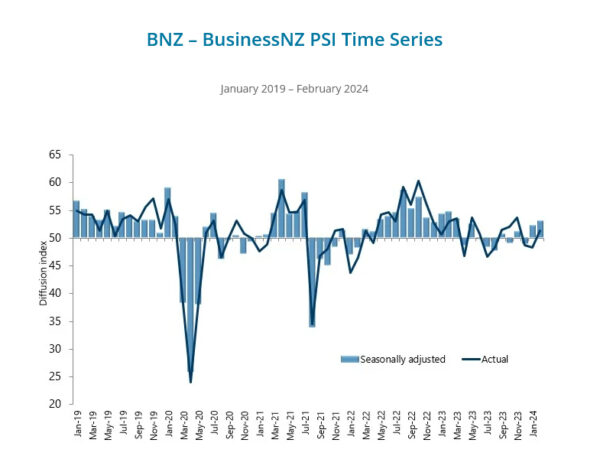
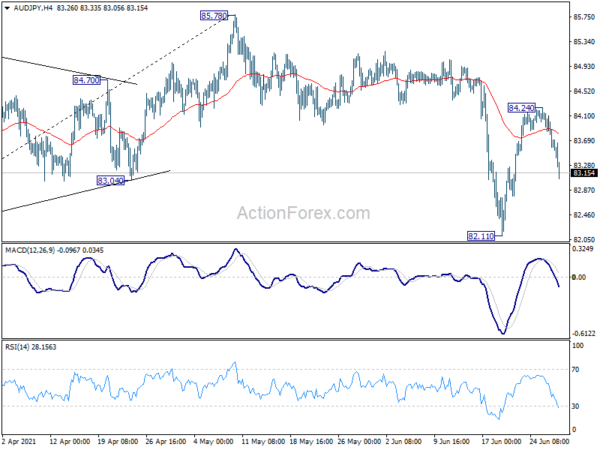
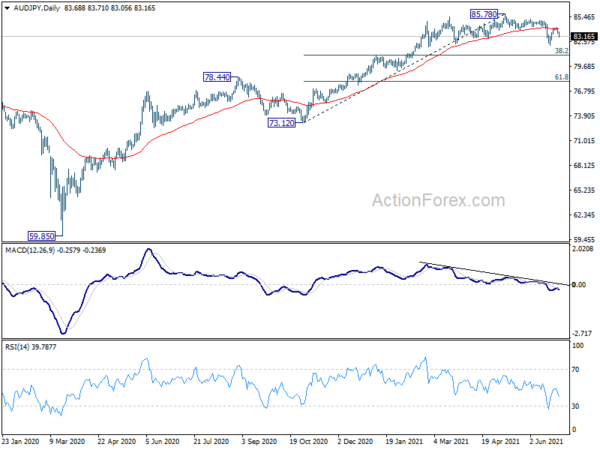
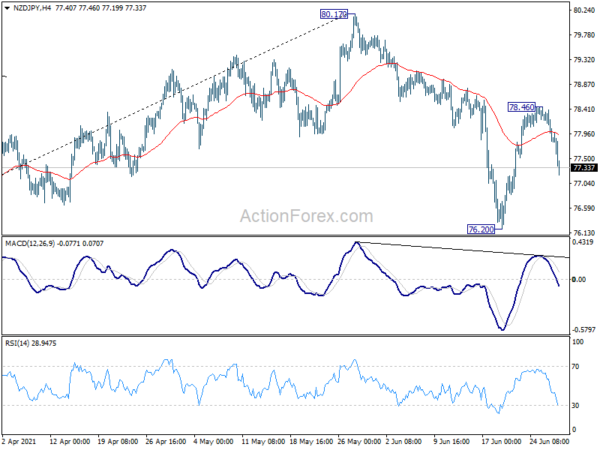
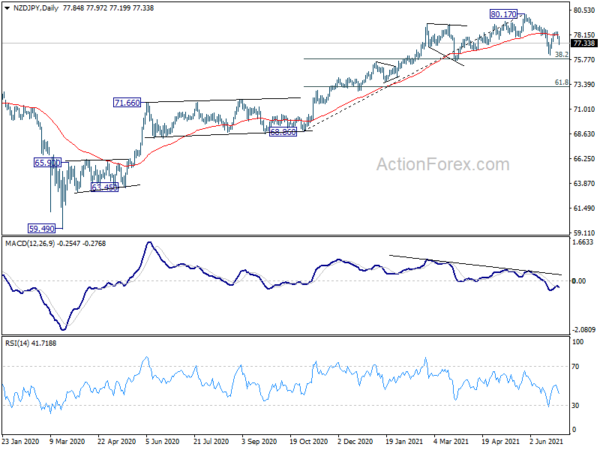
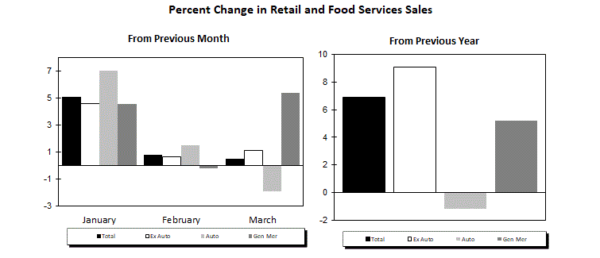
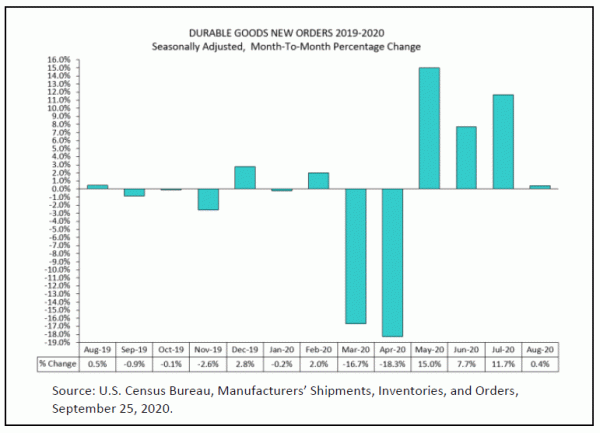
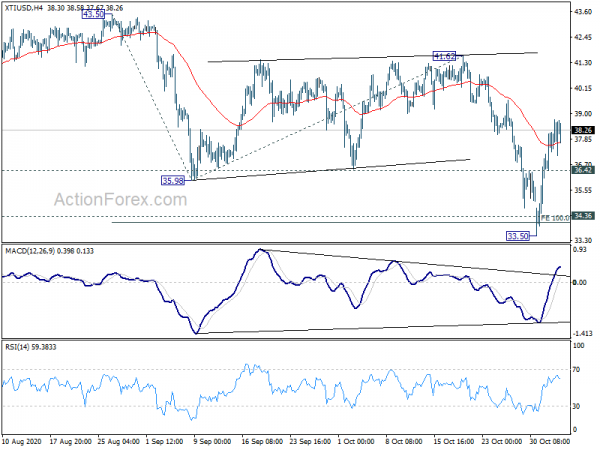
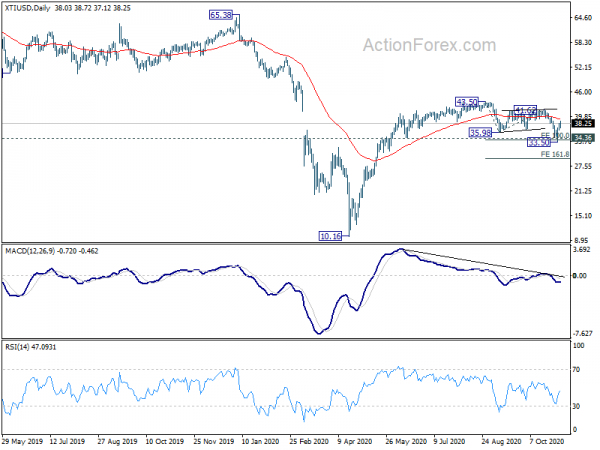

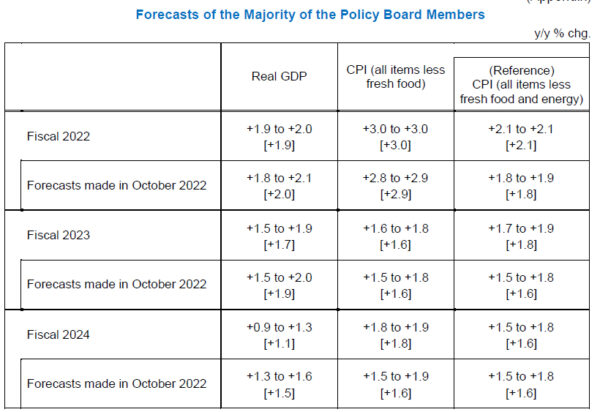
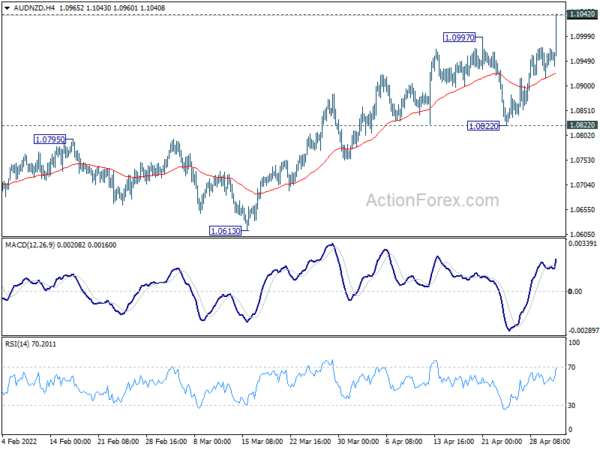
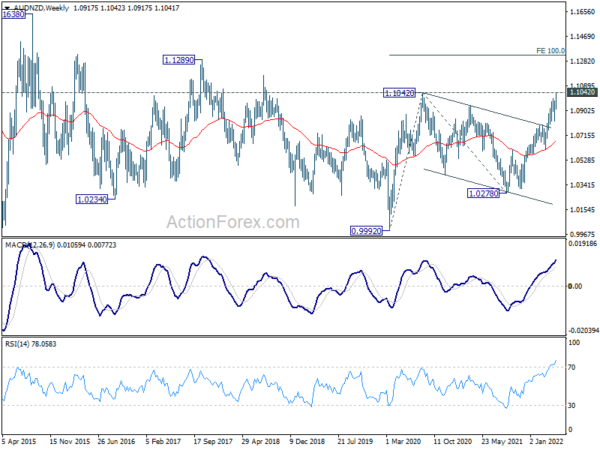
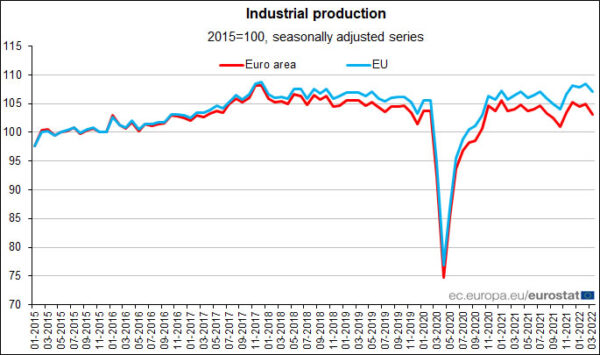
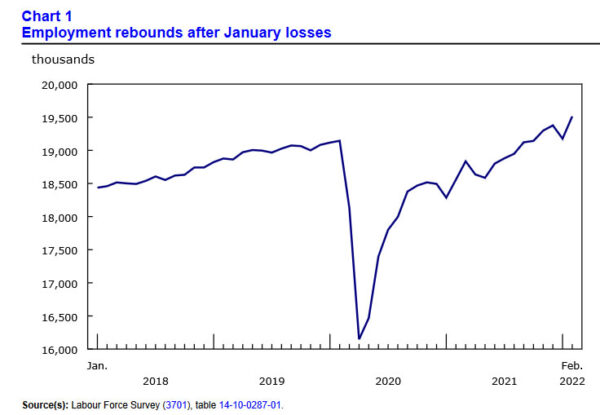
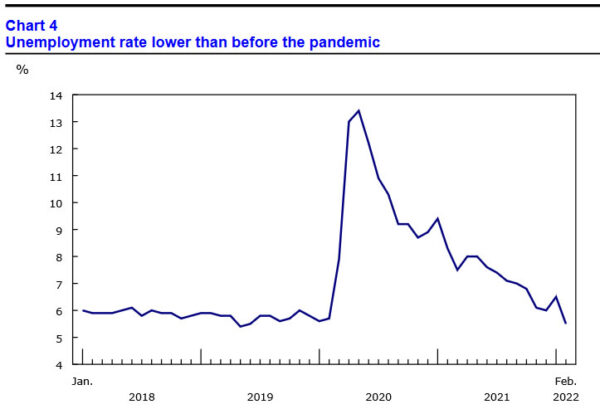

Bundesbank: Exports to be a solid pillar of German economic recovery
Germany’s Bundesbank said economy recovery is “likely to b e interrupted for the time being as the coronavirus pandemic “flared up again in autumn”. Though, a “similarly severe impairment” as in Spring is “not to be expected.
It projects GDP to dropped -5.5% this year. For 2021 and 2022, strong economic growth of 3% and 4.5% is expected, then slow down to 1.8% in 2023. “GDP will already reach its pre-crisis level again in early 2022”.
“Due to the economic upturn in key partner countries, German exports should be a solid pillar of the economic recovery,” Bundesbank added.
Full report here.